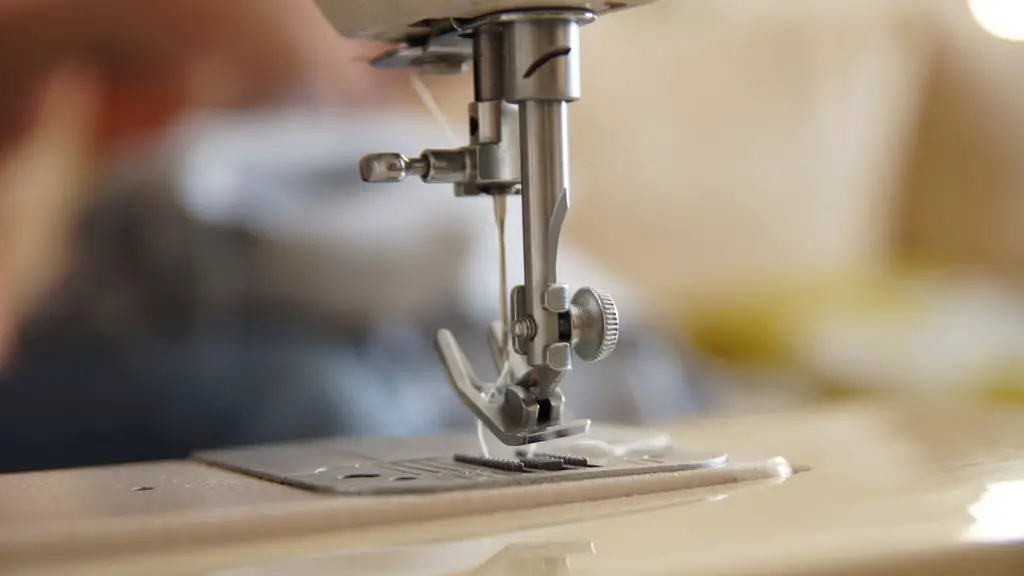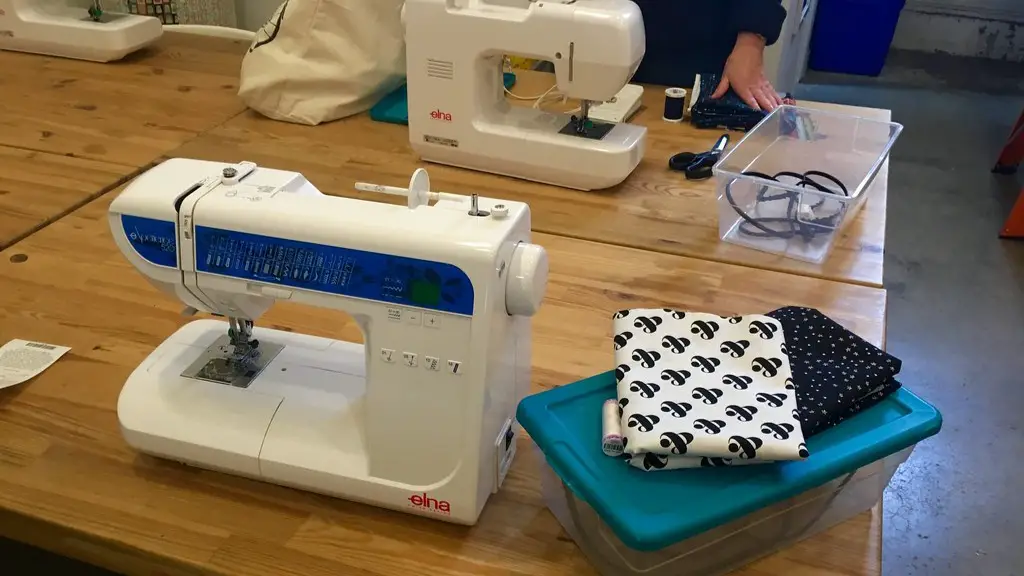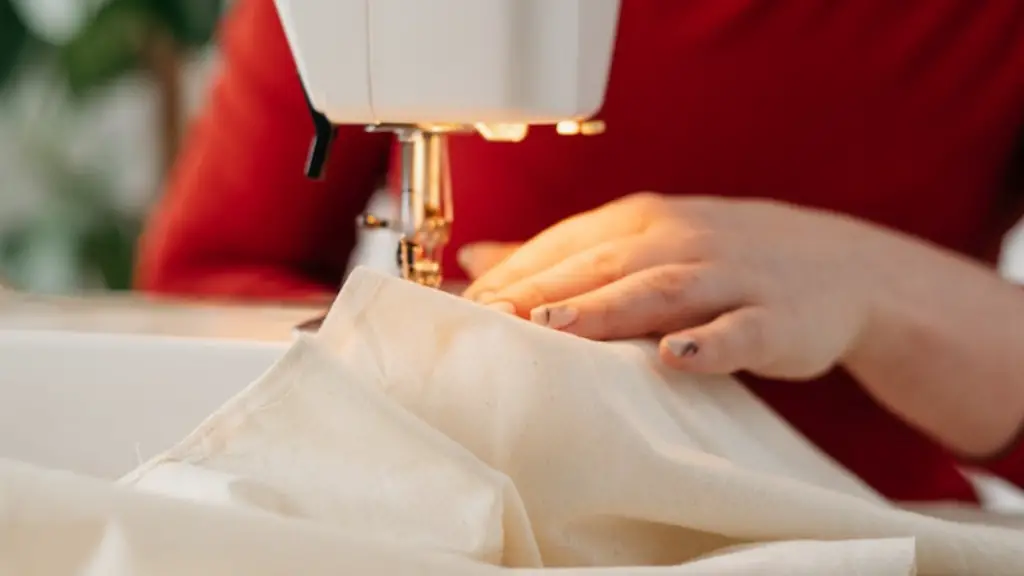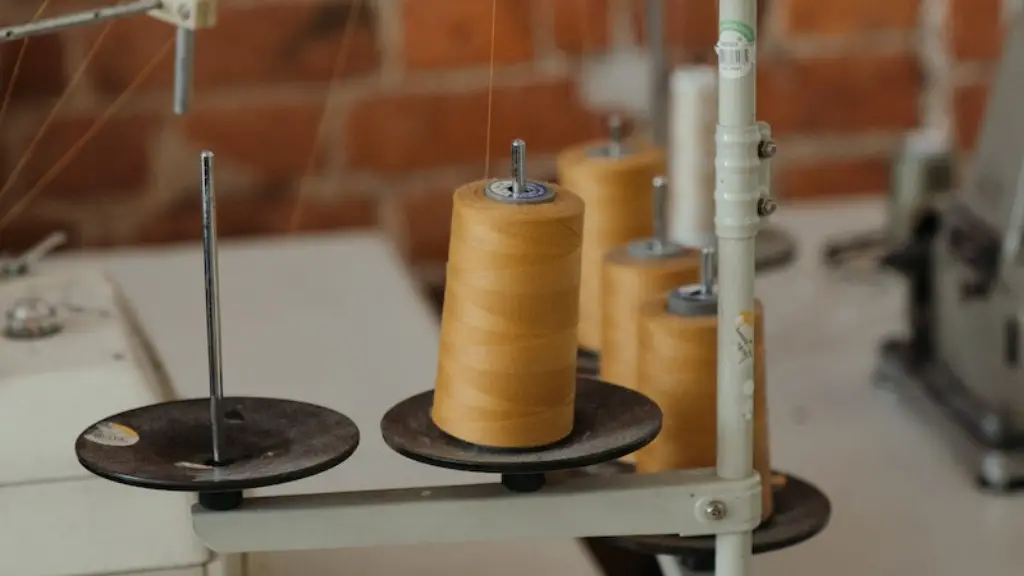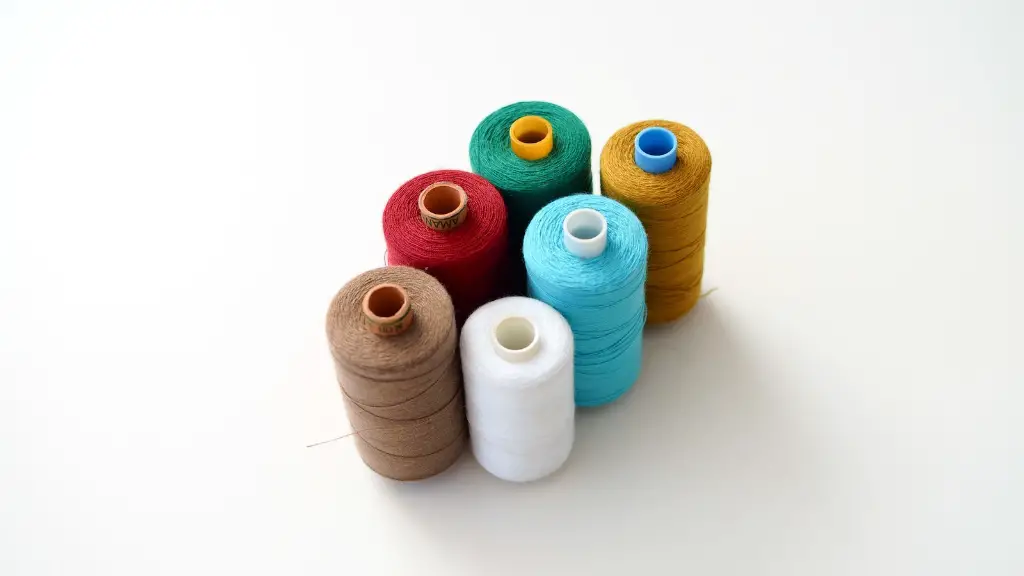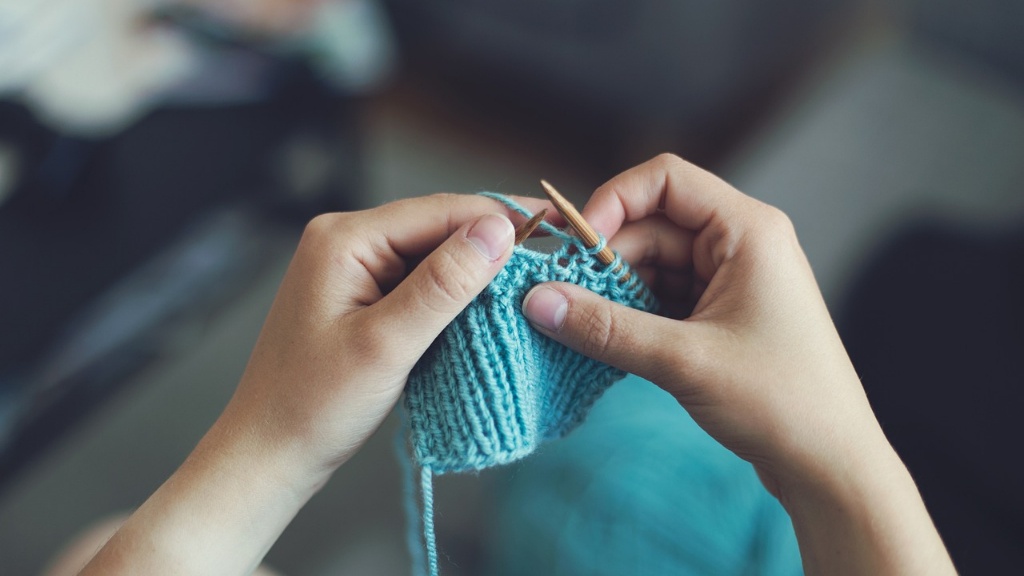Parts of a Juki Sewing Machine
Juki is a Japanese company that is best known for its sewing machines. The company has been innovative in the manufacture of quality and reliable sewing machines for over 70 years. Before setting up a Juki sewing machine, one must understand the parts that make up the machine and their functions.
The main parts of a Juki sewing machine are the bed, the stand, the power button, the speed control, the needle, the bobbins, the thread, the scissors, the presser foot and the machine head. The bed is the area where the fabric is placed. The stand keeps the machine stable during operation. The power button controls the electricity supply to the sewing machine. The speed control knob allows one to adjust the speed with which the needle moves. The needle is used to stitch the fabric. The bobbins are small spools of thread that are used to identify and thread the needles. The thread is looped through the bobbins and the spool of thread to sew different fabrics. The scissors are used to cut excess threads and fabric. The presser foot is a device at the bottom of the machine that keeps the fabric flat and taut while it is being stitched. The machine head is the main center of the sewing machine that controls the other parts.
Preparing the Machine for Use
Once the parts of a Juki sewing machine have been identified and their functions understood, the machine can be prepared for use. First, make sure that the area where the machine will be used is tidy and well-lit. Place the bed and stand of the machine in a comfortable position. Connect the machine to a power source and press the power button. Check the speed control to make sure the needle is not moving too quickly or too slowly.
Next, thread the bobbins with the threads. Identify the different colored threads that will be used for the project. Place the thread in the bobbin and wind it tightly. Insert the bobbin in the machine and through the threading sequence as indicated in the manual. Thread the needle using the spool of thread. Tie a knot in the end of the thread and pull the thread into the needle.
Practicing the Stitches
Before starting the project, it is important to practice stitches using scrap fabric. Start by sewing a few straight stitches. Hold the fabric taut and adjust the speed accordingly. Practice sewing a few curves as well. Adjust the speed according to the fabric’s thickness. Take extra care while making tight curves as the needle may break if the curves are done too quickly.
Once the user is confident enough, practice the specific stitches to be used in the project. Sewing different types of decorative stitches and making buttonholes with the Juki sewing machine is easy enough. Follow the diagrams in the manual and stitch through the layers of the fabric slowly and firmly.
Finishing and Cleaning
After the project is finished, make sure to finish the ends by cutting off the threads from the back of the fabric. Juki creates machines with a reverse stitch lever, which is used to secure the beginning and end of a seam. Push the reverse stitch lever down and sew a few stitches in the same direction. This helps in creating a secure seam.
Once the project is finished, clean the machine thoroughly. Clean the thread, needle, bobbins and bobbin holder with a soft cloth. A wet cloth can be used for more thorough cleaning. Make sure to not touch the main parts of the machine with the wet cloth, as this may damage the machine. After cleaning, replace the parts of the machine in their original positions.
Maintaining the Machine
Regular maintenance is important to keep a Juki sewing machine functioning properly and to avoid any costly repairs. To start, oil the machine every few months using a suitable oil. This helps to keep the machine parts in good condition and prevent them from becoming corroded or damaged. Also, make sure the power cable of the machine is disconnected before cleaning or oiling.
Also, frequently change the needle of the machine. Different types of needles are available for different types of fabrics and projects. When the needle becomes blunt, it should be changed immediately. It is also important to choose the correct needle gauge and size, as this can affect the quality of the stitch.
Troubleshooting Common Problems
From time to time, the Juki sewing machine may have some problems which prevent it from functioning properly. The most common problem is the machine not sewing properly. To solve this, first check the needle and bobbin thread to make sure they are threaded correctly. If the threads are not properly threaded, re-thread the needle and bobbin and check again. If the problem persists, check the needle size and the tension of the threads. This can usually be adjusted using the tension control knob.
If the stitches are skipping or not forming properly, check the needle. The needle may be damaged or blunt, in which case it should be replaced. Also, make sure the needle is inserted correctly as a wrong insertion may cause the problem. If the problem is still not solved, check the presser foot and its weight. If the presser foot is too heavy or loose, adjust it accordingly.
Understanding Fabric Types
Different types of fabrics require different types of needles and threads. Understanding the type of fabric helps to select the right needle and thread. Generally, soft fabrics such as cotton, silk and chiffon require a softer needle, while heavy fabrics such as denim require a sharp needle. Different types of threads can be used for different fabrics as well. A heavy thread may be needed for strong fabrics such as denim, while lightweight and soft threads may be preferable for lighter fabrics such as cotton and silk.
Adequate pressure and speed should be applied to the needle according to the fabric type. For heavier fabrics, the needle should be pressed more firmly and the speed should be slightly increased. For lighter fabrics, on the other hand, the pressing pressure should not be too firm, and the speed should be reduced a bit.
Altering Fabric and Garments
Altering garments and fabric with a Juki sewing machine requires the right tools and techniques. Measuring the fabric or garment is essential before making any alterations, especially those involving cutting. If cutting the fabric, use a ruler, fabric pins and a sharp pair of scissors. Make sure to not cut the fabric until the alteration is completed and checked for accuracy.
Use a seam ripper to undo faulty seams and stitching, and a pin cushion to keep pins safe and handy. Follow the diagrams in the manual and use the appropriate presser foot for the desired stitches. Always use the right fabric and least quantity of threads for your project. This will help to create a neat and professional finish.
Storage of the Machine
When not in use, the Juki sewing machine should be stored in a cool, dry place away from dust and moisture. The parts should be well-oiled and covered with a cloth in order to prevent any damage. Remove all the pins and scissors from the machine before storing it. Store the needle and bobbins in separate containers and the fabric should be kept in a clean, dry place. Lastly, make sure to regularly check the power cable, as damaged power cables can be a fire hazard.
Updating Software in the Machine
Juki sewing machines come with built-in software that can be regularly updated. This helps to keep the machine up-to-date with the latest features, design enhancements and bug fixes. The software can be updated through the Juki website, after which the user can download and install the update in the machine.
Optimizing the Machine Settings
Juki sewing machines are equipped with a wide range of controls and settings which can be used to customize the machine according to individual preferences. Optimizing these settings helps to use the machine more efficiently and achieve better results. Start by optimizing the speed, stitch length and width. Then, adjust the needle position, thread tension and presser foot pressure. Adjust the machine settings according to the fabric that is being used and the type of stitch that is being sewn.
Repairing the Machine
If the Juki sewing machine experiences a serious malfunction, the user should seek help from a professional sewing machine technician. List out the problems that are being faced and describe the issues in detail. Contact a technician and book a service appointment. Detailed instructions on the cleaning and storing of a Juki sewing machine can be found in the user manual.
